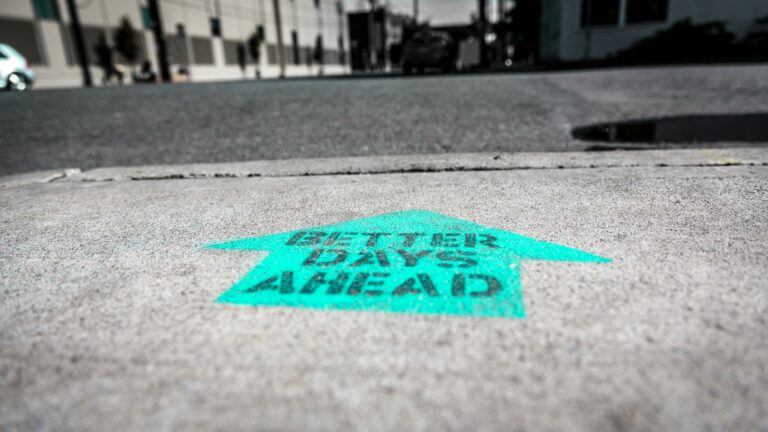When our town flooded a few years ago there were many houses that were so damaged they had to be condemned. The black mould had penetrated every wall and the foundations of the houses were utterly compromised. So the government would attach a notice of condemnation to the front door of the house. Even though the house might look pretty good from the outside, the “condemned” notice had to be removed before anyone could legally occupy the property.
As I’ve witnessed the condemnation of the houses, I’ve been reminded of how the bible has its own notice of condemnation. This notice is not posted on houses but on one household— Adam’s (Gen 3:6, Ro 5:18). The reason is that the black death “spread to all men because all sinned” (Ro 5:12). The mould of sin was in this household. And just like the government official who posted the condemnation notice, so too has “the judgment following one trespass brought condemnation” (v.16).
Governmental condemnation
When a government posts a condemnation notice on a house, the situation moves from a renovation problem to a legal problem. We saw how many people tried to do renovations themselves on the black mould-ridden homes. Sometimes they did a decent job in sprucing up the appearances. But if they didn’t reckon with the government’s building code, they were kidding themselves. All their expenditures meant nothing unless the condemnation notice was lifted. Reno wasn’t enough. A legal removal of the condemnation was required.
This is where people get frustrated. Because they often think that their own renovation efforts are good enough. So they ask, “Why can’t my condemnation notice be removed; I’ve fixed things up?” But the notice reminded everyone that two things needed to happen. The building code needed to be reached and the death-dealing black mould needed to be removed.
Such is the case with the sinner. This two-fold problem must be dealt with. They must have their personal, inherited, mould of sin removed, beyond even a microscopic presence. And the sinner must have their life achievement be perfect– right and righteous in a way that no Adam-family householder is capable of doing.
So the dilemma which every person faces is this condemnation notice. Most people in the world are like stubborn renovators. They think that just because they’ve removed a couple of rotten 2×4’s taped some drywall and added a coat of paint that they are somehow fixed and clean. But sin, like black mould spreads. And its hazard is so offensive to the government that the only way to end it, and so contain it, is to destroy it.
Human condemnation
When a house is condemned, it gets bulldozed. When a human being is condemned, they die physically, and spiritually, what is called the second death (Rev 2:11, 20:6, 20:14, 21:8). A sinner who has the black mould of sin cannot get the removal of their condemnation notice without being torn down. To be torn down is the only legal remedy, and the only just remedy to end the spread of sin’s black death.
Just like our town that had been devastated by the permeating effects of a flood, and the consequent mould, sinners have only one way to get their condemnation notice removed. Their house has to be knocked down. The condemnation notice has to be carried out, and the judgement upon sin comes down on our moral rottenness that offends the pure hygiene of God (Hab 1:13). So every person has this judgement against them. Included with that is the action positioned over them– to condemn them, whether they want to admit it or not (Ro 1:18).
Hope for the condemned
But there is hope and good news for all of us who are living behind a legal notice of condemnation. There is one solution that is more hopeful than we could ever deserve. It is that Jesus Christ, the incarnate Son of God receives the condemnation notice and takes on the obligations for its removal. Jesus Christ is generous to offer the bankrupt such a solution.
But Jesus took the condemnation notice to the cross with him. At the cross, Jesus received the knockdown action of the condemnation notice, “canceling the record of debt that stood against us with its legal demands. This he set aside, nailing it to the cross” (Col 2:14). When Jesus died on the cross, even though he was morally pure, he still received the legal action of the court-ordered bulldozer. The legal issues had to be dealt with first, so the suffering servant had to be crushed according to God’s will (Isa 53:10).
In our town, the beautiful thing about this necessary legal action is that it cleared the ground for new homes. And when Jesus died, it was only three days until he rose from the dead in resurrected newness of life. For those who believe in him, legally transferring the ownership of their lives from Adam to Jesus, there is a beautiful new dwelling in place of the old (John 1:14; Heb 3:6). It belongs to Jesus, but we live there for free (Eph 2:8-10).
For the sad plight of the stubborn renovators, they never reckon with the legal notice against them. Their house must come down. But the generous offer of Jesus to deliver sinners is offered to the condemned. Only as this court-satisfying condemnation notice has been carried out, can there be hope. As Jesus said, “Truly, truly, I say to you, whoever hears my word and believes him who sent me has eternal life. He does not come into judgment, but has passed from death to life”(John 5:24).
The one who has been legally united to Jesus Christ by faith alone can confidently hold on to the legal notice of “removal of condemnation” which says:
There is therefore now no condemnation for those who are in Christ Jesus.
Do you have this “no condemnation notice”?
















